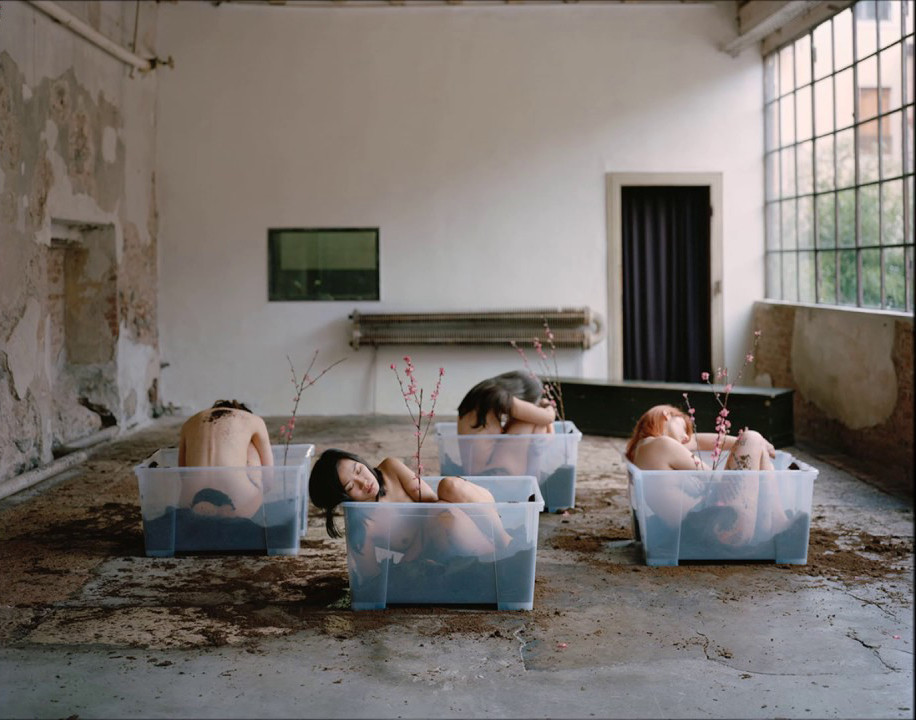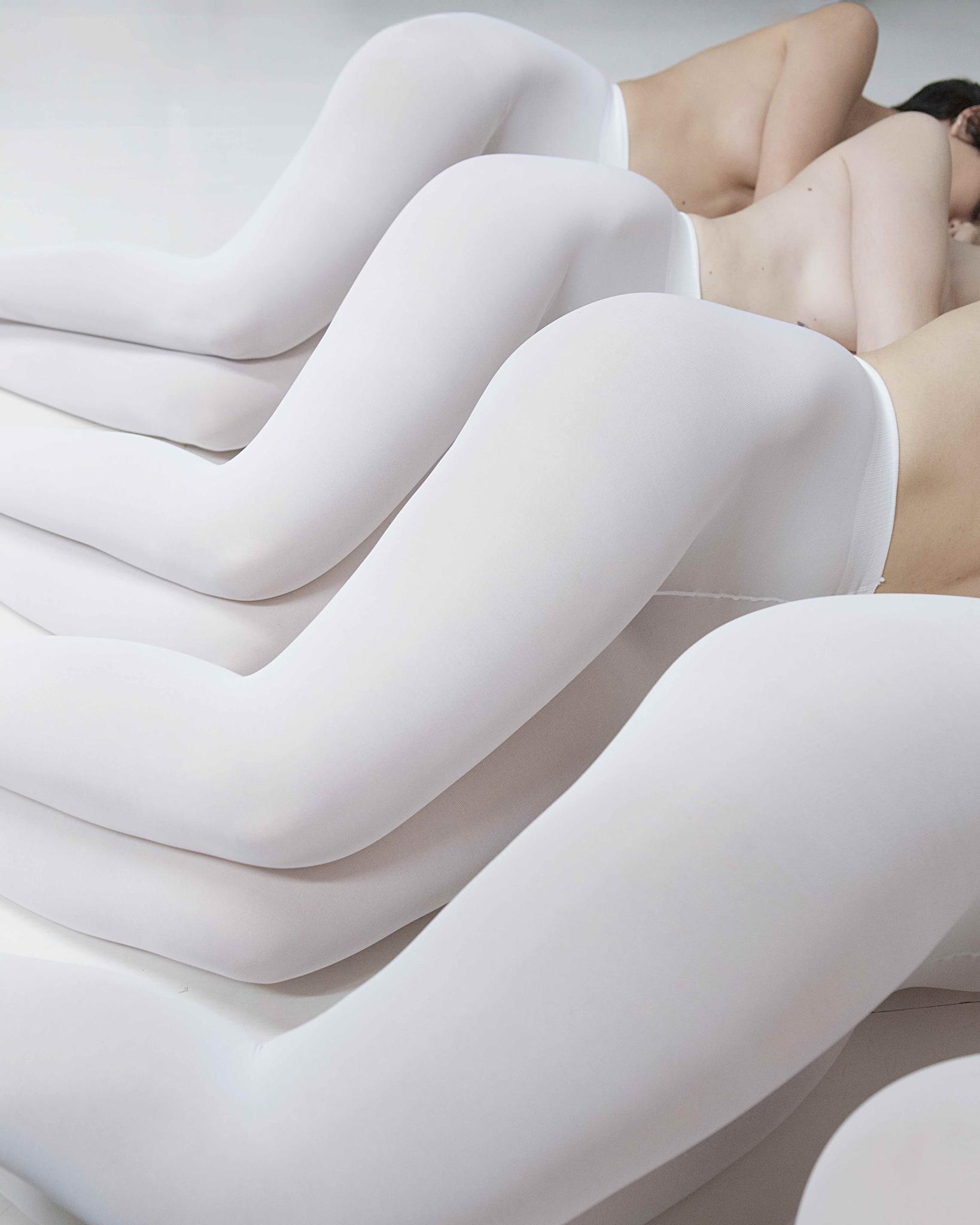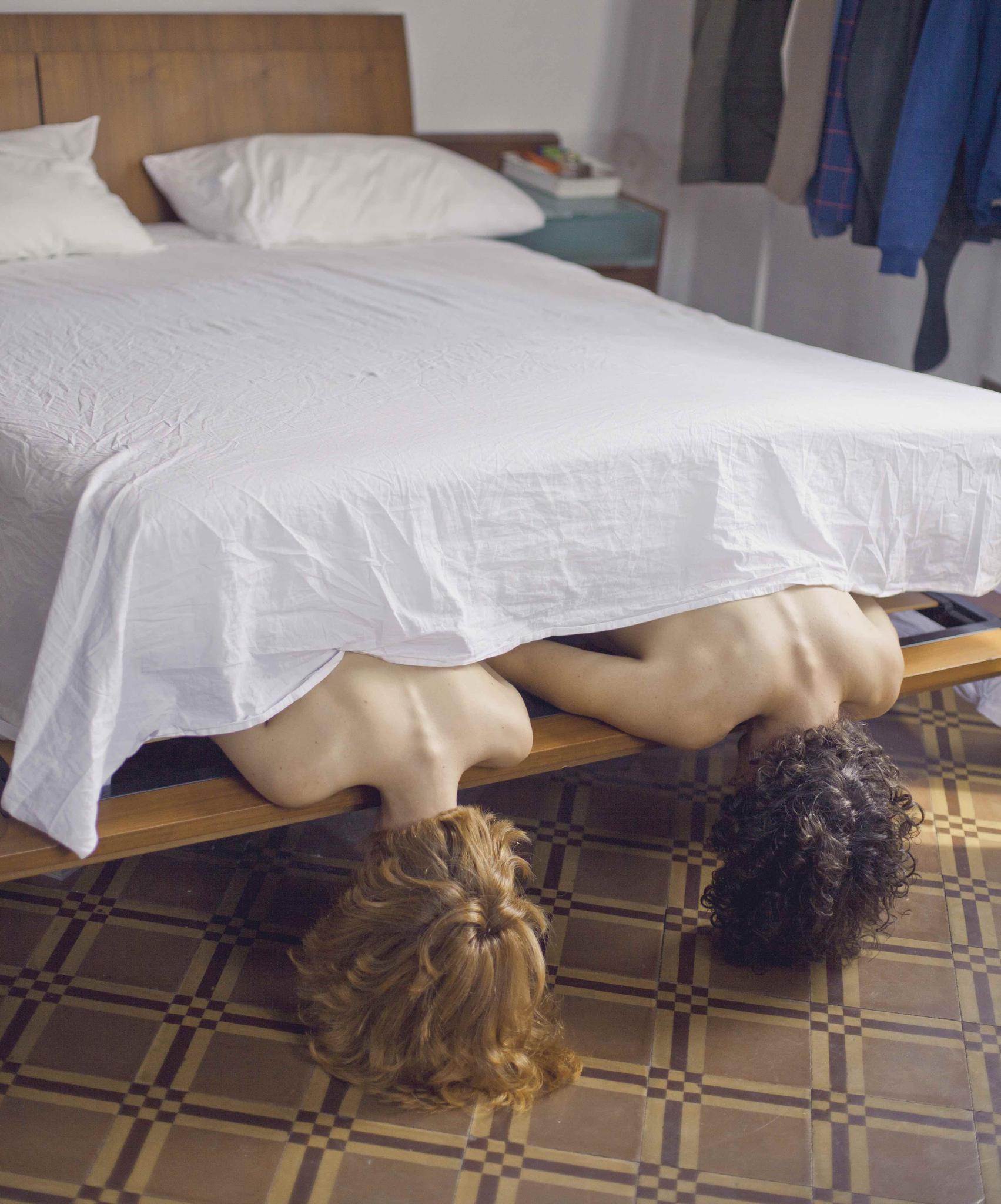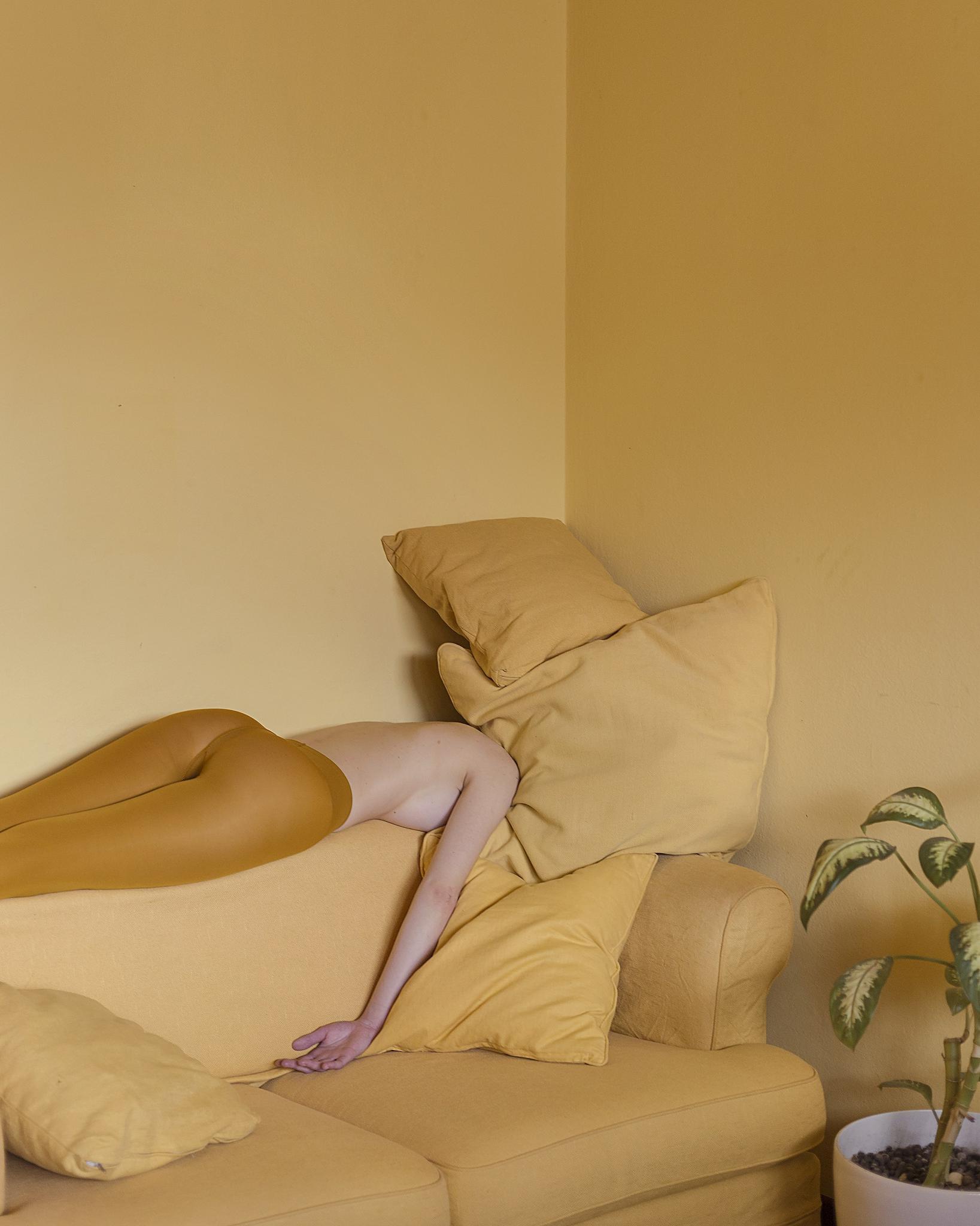Why Italian Photographer Giuseppe Palmisano Keeps Faces Out of his Images
The intrigue that surrounds GIUSEPPE PALMISANO’s photography is an element that makes people gravitate towards its enigmatic nature. While anyone can capture the female form in an image, there’s more to his faceless visuals than meets the eye.

Growing up in a small town in Puglia, Italy was already the catalyst that pulled Giuseppe into art. As a child, he was fixed with the desire for excitement and a perception that it was the very method he truly knew how to do. "I always thought there was something inside of me that was very big. I understood that art was my way of doing," he tells. Shaping up in Southern Italy's fantastical nature, its traditions and vibrant spirit were what brought him into the world of theater; a background that he credits for attributing to his creativity now as an artist. "I owe everything to the theater; it was my artistic gym. Even today, I think I move as an actor or director in all the artistic fields that I use." He eventually moved to Rome to play in a theatrical company; overall lived a nomadic existence—changing his address over 12 times as he inhabited five different towns and lived within ten different cohabitations. After being in theater for years, he picked up a camera and changed his way of looking at his surroundings; and at looking at life.

“Surrealism is still in fashion because it’s not a current, it doesn’t have time. It is a way of seeing, of living reality, a reversal of everything and this can always be interesting for those who read something deep or for those who only consider it funny or weird.”
2012 birthed his photographic exploration of the female physique and presenting women as the highest form of nature, albeit perfectly devoid of sexual implications or objectification. Giuseppe conceptually puts them against banal house objects—demonstrating space and minimalism—and natural elements. But their faces are completely hidden—whether covered by objects, lying face down, or looking away from the camera. There's an air of theatricality with the way it's displayed; wrapped in oddity and mystery with occasional eye-catching pops of color that lures you in a minute and then intrigues you the next. The dramatization of simplicity and all the other ways you can describe surrealist fascination was perhaps what charmed viewers, with Giuseppe's Instagram account, @Iosonopipo, earning quite the following on the visual platform. It's somewhat escapist to see with what eeriness it exhibits and just how it's attached to a phantasm. "[It's] woman in her nature and as a muse in the history of art—as the womb of the universe," notes Giuseppe of the female anatomy as his central subject.

It's interesting going with Giuseppe on his thoughts. He knows his ideas to the hilt and the way that he sees things is that of an explanation to the artful orchestration in his photography. In the case of surrealism, he’s firm on its eternal power to captivate. "Surrealism is still in fashion because it's not a current, it doesn't have time," explains Giuseppe when asked about people's attraction to surrealist photography online; how they especially respond well to Iosonopipo. "It is a way of seeing, of living reality, a reversal of everything and this can always be interesting for those who read something deep or for those who only consider it funny or weird."
“I don’t believe in creativity and creatives. I don’t like to call myself creative. Art is sometimes a challenge to oneself, never to others. Or rather, it’s an understanding of others and maybe encouraging them to do something they’ve never done before.”

Taking a short break from designing his next fanciful scheme, Giuseppe talks to us to unravel the beauty behind the mystery in his photography, creating elaborate performance art, and why he doesn't like to call himself creative.
Growing up in a city as eclectic and vibrant as Italy, what was it about that environment that influenced your love for art and photography?
I grew up in Southern Italy which is a magical place. Full of symbols, traditions, and colors. These have deeply influenced me, as well as the education I received in the family I grew up in. Christian and folkloric rites have been decisive [parts of my life]. The popular songs of my land and theatre were the first to capture me and make me grow.
Starting out as a creative, did you find any challenges as you entered the scene? What has been the toughest project you’ve ever taken on?
I don't believe in creativity and creatives. I don't like to call myself creative. Art is sometimes a challenge to oneself, never to others. Or rather, it's an understanding of others and maybe encouraging them to do something they've never done before. My last two works of art wanted to bring together a lot of women in one place, which then became a photo and for all, an experience.
What is the real reason you decided to have the subjects in your photographs faceless?
In order not to tell the story of that body, which is a body at the service of an experience and finality of art. Timeless.
Tell us about your creative process. How do your ideas come to you and take form?
Depends. Most of the time, it’s just an image that shows up in my already perfect mind. Other times, I start to build an idea with friends or the images come from reasoning and suggestions.

Who do you consider to be your artistic influences? What motivates you to do art today?
Every day's life affects me more than anything. The biggest motivation is that I can't do anything else.
How can you say that a piece of work is done, that this is ‘it’?
You don't have to define a finished work as “closed”. In my opinion, a work of art is always open because it is a question, it is never an affirmation. The opening leaves it in the balance as if one had to ask oneself if it will fall sooner or later. If there is this question for me, it's a work of art.
Do photographers take photographs or do they make them?
Some of them take photographs, others make photos. I make photographs because I make things happen. Street photographers, for example, take photos because sometimes they are obsessed with catching the moment.
What’s next for Giuseppe Palmisano? What are your plans for the future?
I am currently working on a new episode of "Vuoto” called Il Vostro Vuoto and it will be entirely organized by the participants. Then I'm working on an installation-performance in London that will have to do with my roots.
If there’s something you can tell young artists who want to pursue a career in photography, what would it be?
Just one thing: write every six months on the calendar—a note, "do I really want to do this?" and answer yourself sincerely.
Post a comment